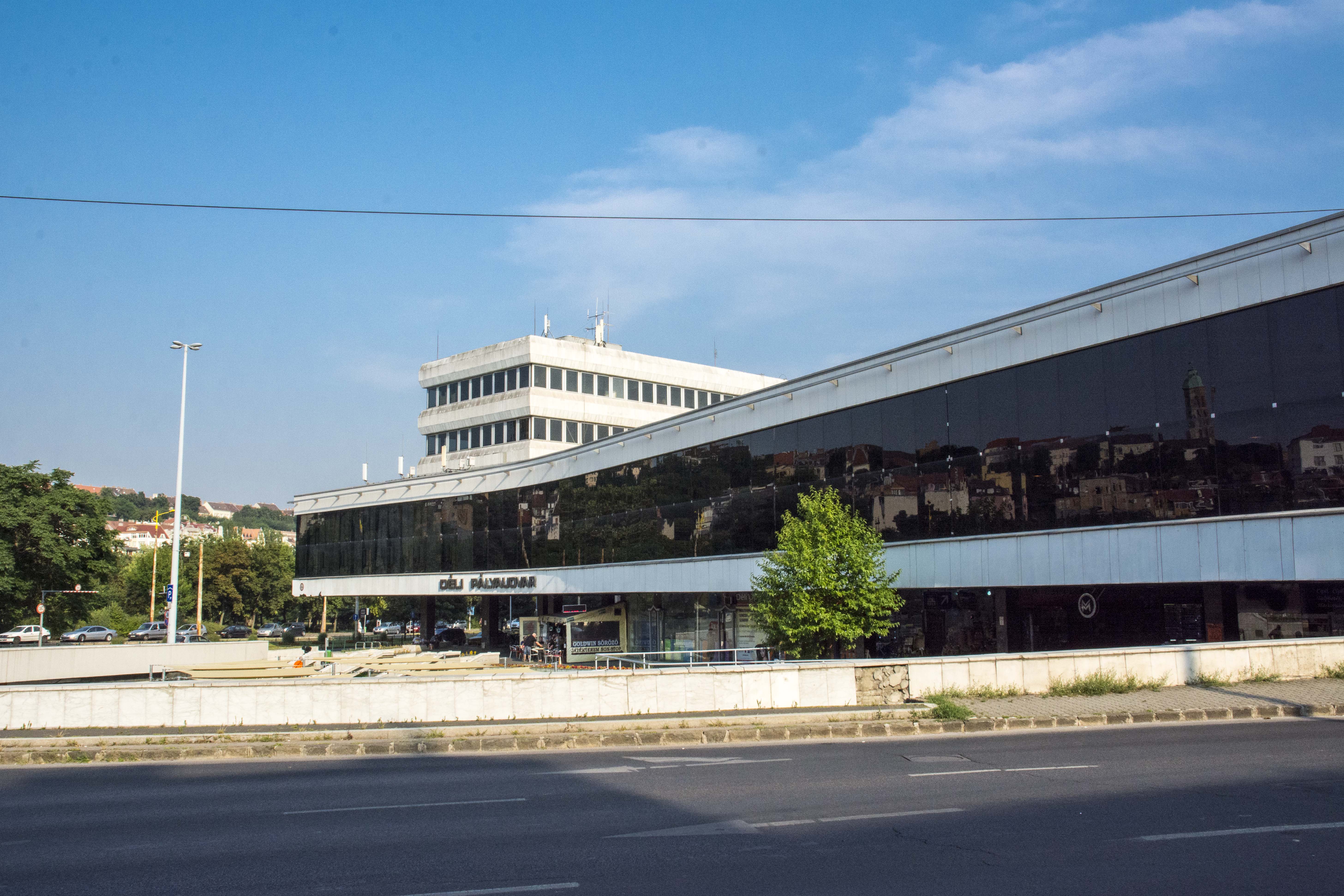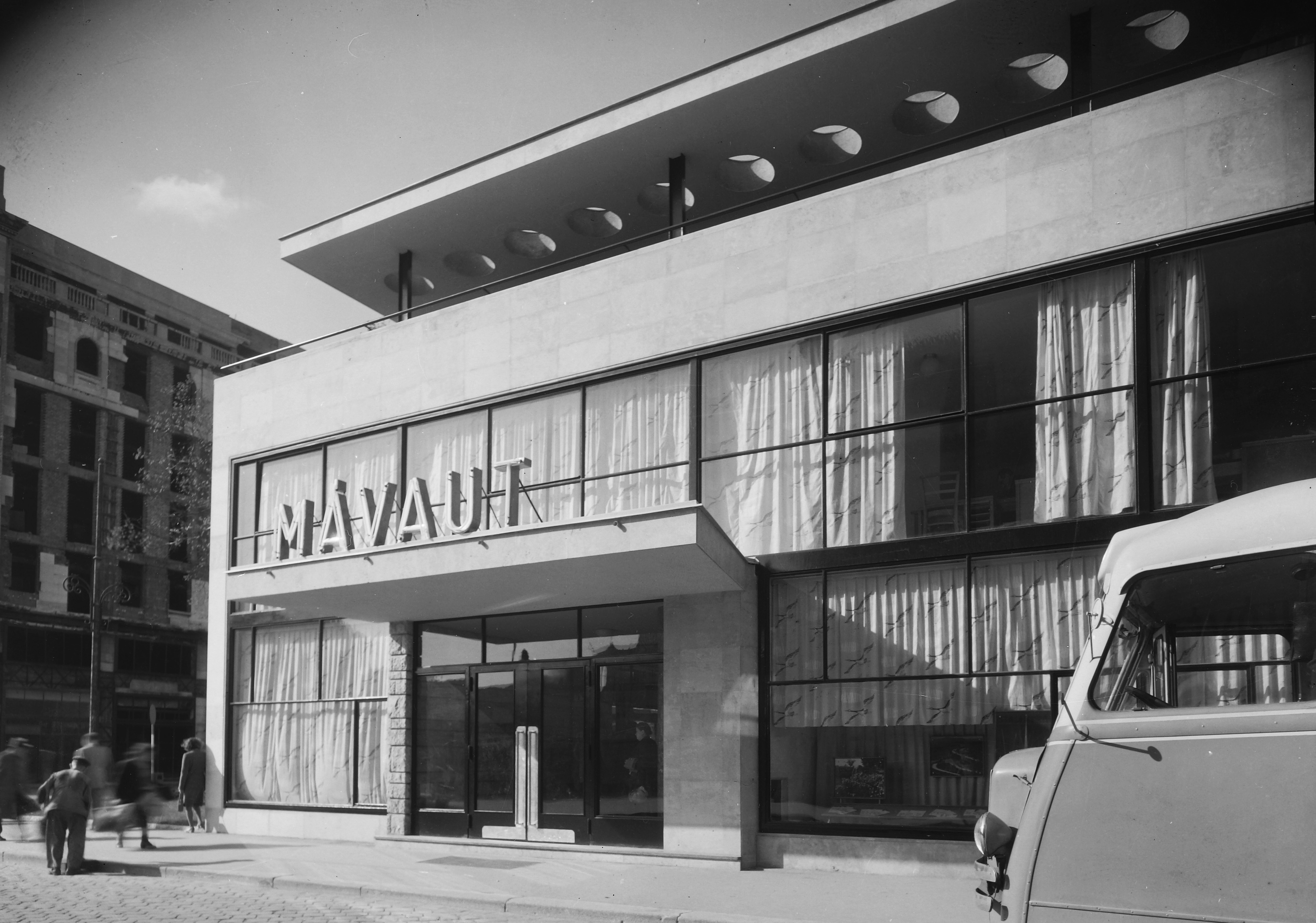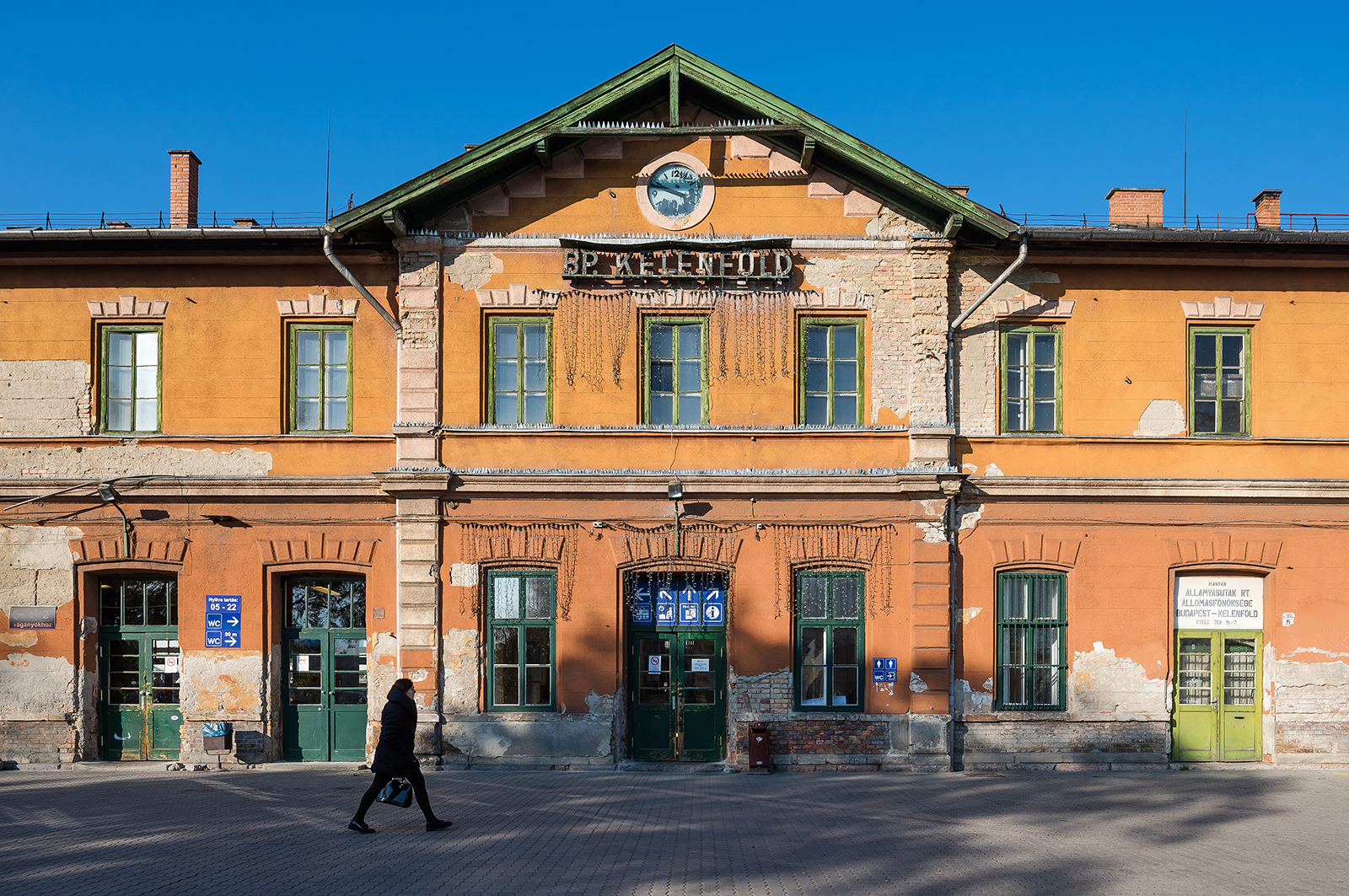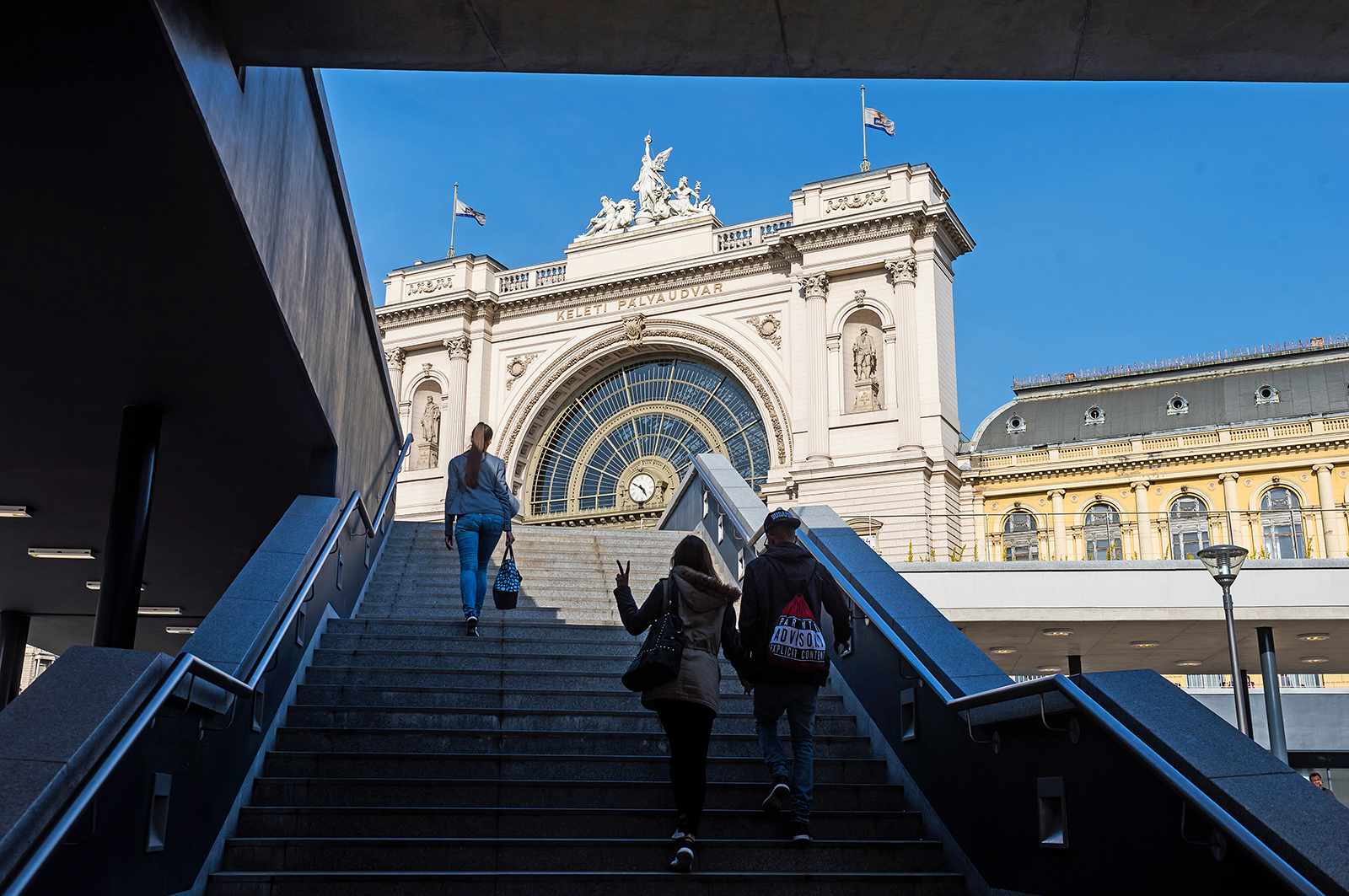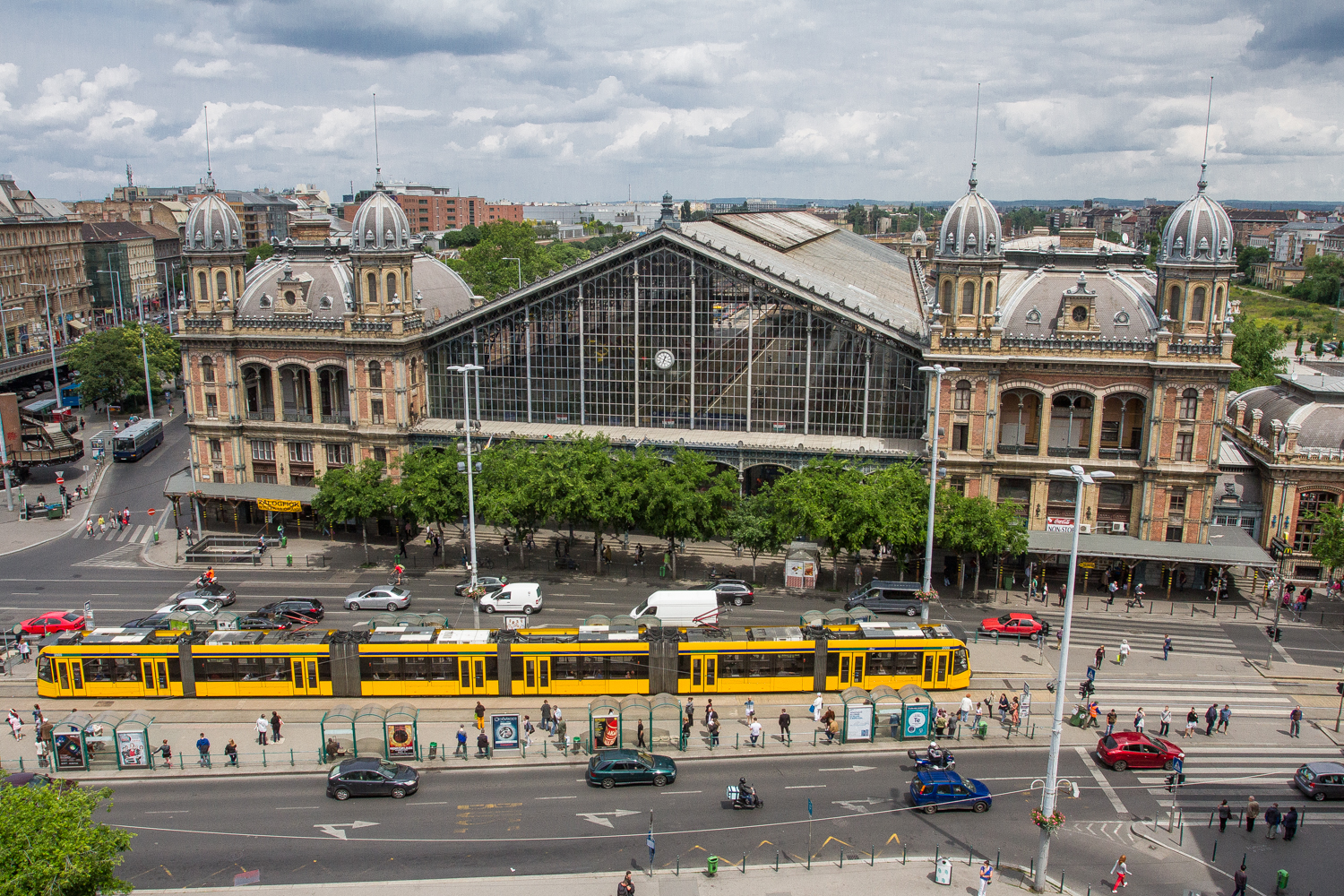With the recent news that Nyugati station is line for another overhaul to interlink each main rail terminus in Budapest, it’s time to look at the city’s great train hubs. From mighty Keleti in Pest to that hangover of 1970s’ Socialist-Realism in Buda, Déli, here are Budapest’s four key rail palaces – plus the classic bus station now dedicated to serving wine spritzers.
4/5
Keleti
Keleti (‘Eastern’) dates
back to 1884, the same year that Kelenföld also opened. It had been back in December 1868 that the City
government had decided that a new rail hub would be best located right on the
Nagykörút, like Nyugati. The site would have been the intersection of
today’s Rákóczi út, opposite the former National Theatre. After the location was moved to the customs house at Kerepesi út (today’s Baross tér), an economic downturn thwarted these
plans, and delayed the entire project, which only started in 1881. Chief
Engineer Gyula Rochlitz was the designer, while the steel
structure was developed based on the ideas of bridge-building
engineer János Feketeházy. Originally, trains would have arrived at the reception hall on the top floor, while the
luggage would have been taken care of downstairs, alongside a post office and
coffeehouses. To gain inspiration, Rochlitz visited many European cities, which
is why the main building shows similarities to Berlin’s
Lehrter Bahnhof, knocked down to make way for today’s
Berlin Hauptbahnhof.
Besides its beauty, the main hall also
impressed with its imposing dimensions. The whole station stretched across
16,800 square metres, about the size of the Hungarian Parliament opened 20
years later. The covered hall was 180 metres long and 31.4 metres tall. The lobby was decorated with Mór Than’s wall
painting, and frescos from Károly Lotz, while
the statues of James Watt and George Stephenson stood on the two sides of the
façade. These remain in place today. Above them, nearly 32 metres above the
ground, stands the towering figure of Steam, born from the deities of Water and
Fire. Unlike Nyugati, Keleti didn’t
have a grand opening when it was unveiled, on 16 August 1884 – the
first train simply went to Miskolc. It also linked Budapest with Transylvania and the
northern Balkans to the east. Post-war destruction took years to repair, during which today’s international ticket offices were installed. The 1960s brought further alterations: a new clock was placed into the façade, and an underpass was built, connecting the station to the new
M2 metro station. Information desks and ticket offices were moved below ground,
the platforms linked by a wide staircase designed by György Kővári, responsible
for Déli station. Due
to the construction of metro line M4,
Baross tér was cordoned off, until the new metro station was
opened in 2014. Further change is afoot, with a new passenger centre planned
for the underpass.
5/5
Nyugati
Standing tall on the Nagykörút since 1877, one
of the world’s most stunning stations was designed by the renowned Gustave
Eiffel company. Hungary’s first railway line had been built in 1846 between
Pest – then a city of 300,000 residents – and the nearby town of Vác. Hungarian
national poet Sándor Petőfi was on that first train and
duly wrote verse in its praise. The terminal of this railway, the Pesti Indóház, was more or less in the same place as today’s Nyugati. With a high increase in traffic, the city fathers only granted a new station if it would be aligned
with the Nagykörút. The
owner, Austrian State Railways, decided to demolish the Indóház but the original
building was not pulled down until the new one was built so as not to interrupt
traffic.
With a budget of
eight million forints, the station was planned by Austrian architect August de Serres, later employed by Gustave Eiffel. Works
began in 1874, its innovative outer iron structure attracting many people to visit Budapest specifically to admire it. The hall at
Nyugati was 146 metres
long so that all train carriages could be reached under cover, its glass façade
adjusted to the curves of the boulevard. The side structures were enhanced with
windows, and were decorated by – according to the trends of those times – two
tall domed corner towers on each side, and a French-style dome in the middle.
They installed a central ticket hall, waiting rooms, baggage storage, a station
master’s office, police and guest rooms, and other offices, as well as a
separate waiting room for Emperor Franz Joseph himself.
The official opening of what was Budapesti pályaudvar (‘Budapest Station’) was on 28 October
1877, the ceremony attended by ministers, MPs and the Hungarian commander-in-chief,
who paid a visit with a huge military escort. The notables were welcomed and
guided by de Serres himself, and the
first train embarked on its first journey to Vienna from here two days later. In
1891, when the station became the property of Hungarian State Railways,
it was renamed Nyugati (‘Western’). This
name had actually nothing to do with the station’s location or with the points
of the compass, but with the company who financed the construction. The main
tram line stopped here, and it housed a luxury restaurant, a hairdressing salon
and other commercial outlets. After World War I, when Hungary lost two-thirds of its territory, the idea was
put forward to demolish Nyugati and install a new, smaller, station at
Rákosrendező.
This never happened, but some unexpected restructuring still took
place. On 2 October
1962, as a train was reversing at 40km/h, ten carriages became detached, and
broke through the glass wall of the waiting room, the last carriage landing on
the boulevard. As the unfolding disaster was quickly announced over the
loudspeakers, only one person – an elderly lady – was severely injured. The next
memorable milestone in the station’s history was in 1999, when a few tracks
were closed for the construction of the WestEnd mall. The roof terrace covered former tracks,
and the façade underwent a facelift. The next major renovation came in 2020-21, a complete overhaul, with more planned this decade to transform
Nyugati into an international rail hub.

